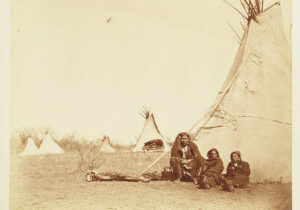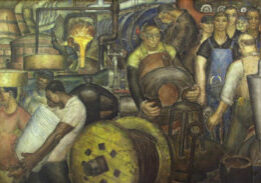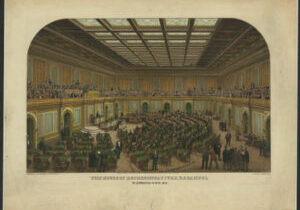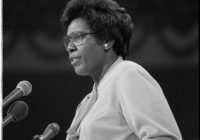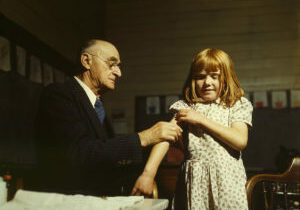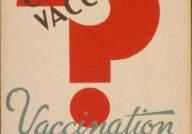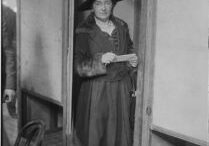Lesson Plans
Mandatory Vaccinations: Yea or Nay?
In this three-part lesson students discuss the proper role of government in making public health decisions. In Part I, students discuss their prior knowledge of vaccinations and the purpose of vaccinations. In Part II, students assume the roles of members of Congress to determine if they will vote on a bill to require parents to vaccinate their children. Students will use primary sources to explore the issue, then will work in small groups to discuss both sides of the argument. Finally, students will state and support their vote for or against the bill. In Part III, students conduct independent research in order write their answer to the Essential Question.
Vaccinations, Science, and the Law
In this two-part lesson students explain the role of science in informing public policy. In Part I, students discuss their prior knowledge of vaccinations and the purpose of vaccinations. In Part II, students assume the roles of members of Congress to determine if they will support a bill to require the federal government to compare the health outcomes of vaccinated and unvaccinated children. Students use primary sources to explore the issue and then will work in small groups to discuss the most important factors affecting Congress’s decision. Finally, students interview an adult about their knowledge and opinion of science and public policy, particularly related to vaccinations.

